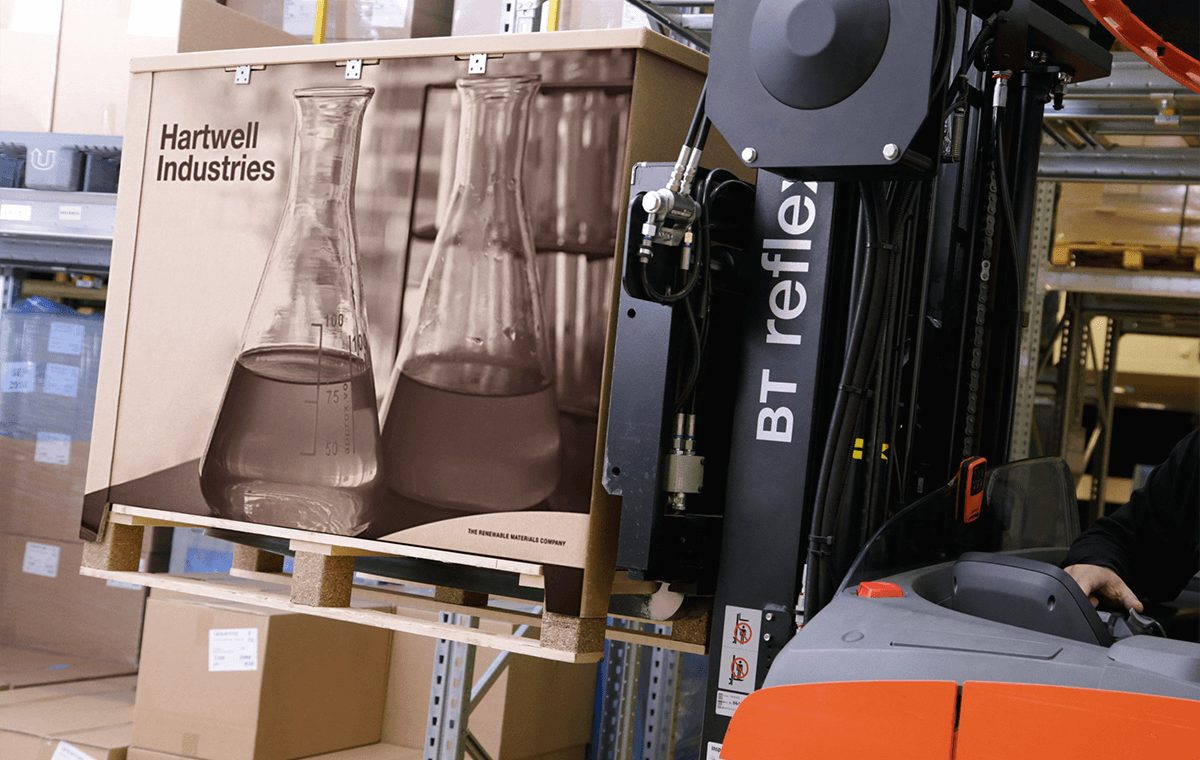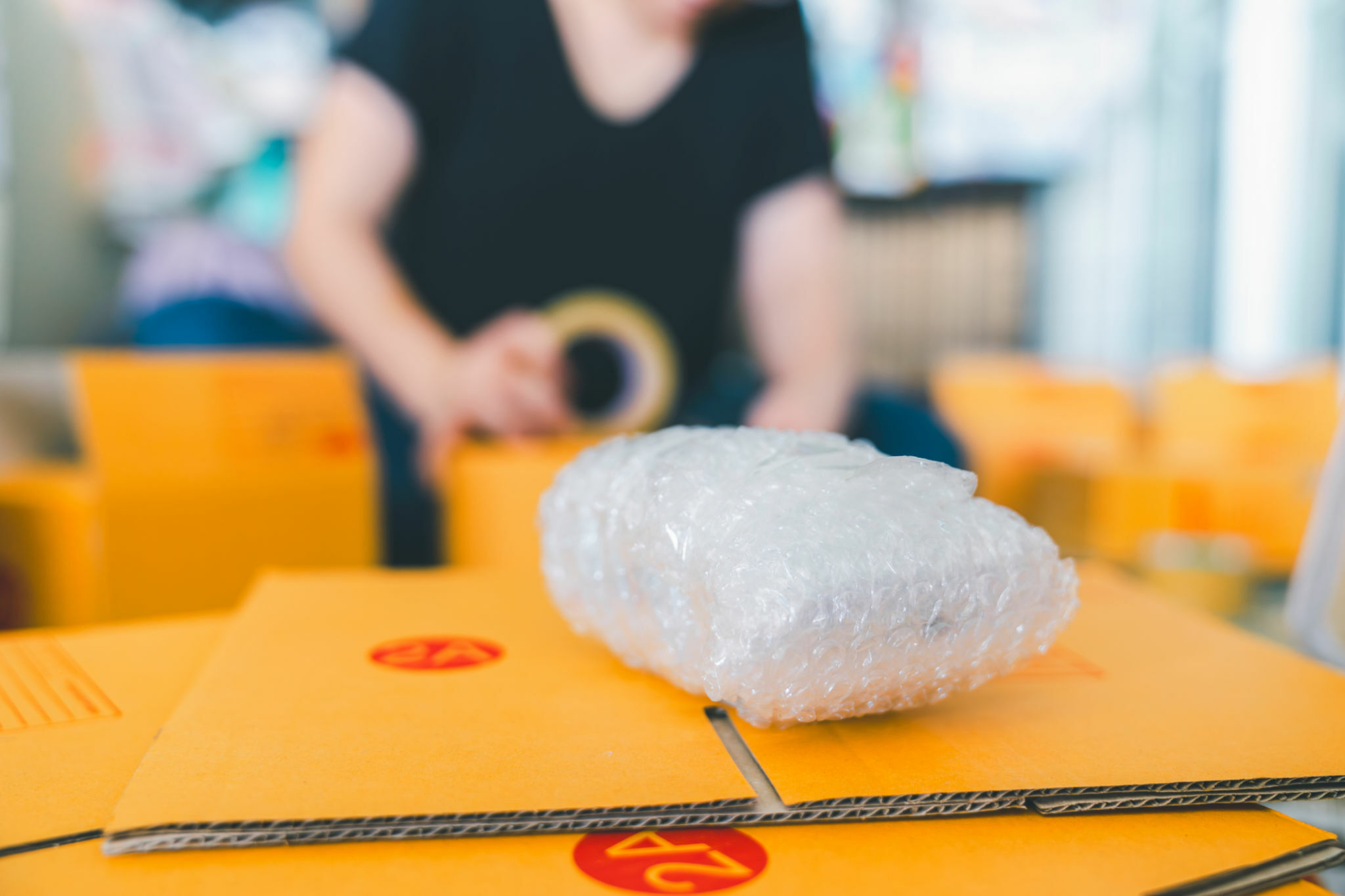Enhancing Procedures: The Power of a Trusted Processing Company
Enhancing Procedures: The Power of a Trusted Processing Company
Blog Article
Efficient Industrial Recycling Solutions for Lasting Packaging: A Comprehensive Overview
That's where this thorough guide on effective commercial recycling remedies for sustainable packaging comes in. By checking out vital locations such as packaging material option, developing for recyclability, carrying out reusing facilities, working together with recycling partners, and tracking and gauging recycling success, this overview will equip you with the expertise and devices necessary to make enlightened choices and drive favorable modification within your organization. Whether you're a product packaging expert, sustainability supervisor, or just interested in the subject, this guide will certainly supply beneficial insights and methods to help you browse the world of sustainable packaging.
Packaging Product Option
The selection of packaging products plays a vital function in guaranteeing the sustainability of industrial reusing solutions. The option of materials is key in decreasing ecological influence and optimizing recycling performance when it comes to lasting product packaging. Selecting the best materials can help in reducing waste generation, preserve sources, and promote a round economic climate.
One essential element to take into consideration in packaging material selection is recyclability - bulk container recycling. Products that can be conveniently reused and incorporated back into the manufacturing cycle are chosen. For instance, materials like cardboard, paper, glass, and certain sorts of plastics can be reused multiple times without shedding their top quality. On the various other hand, materials that are difficult to reuse, such as non-recyclable composites or combined plastics, can produce challenges for the reusing procedure and may wind up in burners or landfills.
Another consideration is making use of eco-friendly and eco-friendly materials. Product packaging made from renewable resources, such as plant-based plastics or biopolymers, can help in reducing dependence on fossil fuels and reduce environment change. Furthermore, biodegradable products damage down normally in time, lowering the accumulation of waste in garbage dumps.
In addition, the weight and volume of packaging materials must be minimized to decrease transportation prices and power consumption. Lightweight materials not only need less sources throughout production but likewise add to decrease carbon exhausts throughout transport.
Designing for Recyclability
In order to guarantee the recyclability of packaging materials, thoughtful style is crucial. Creating for recyclability involves creating packaging that can be easily sorted, divided, and refined in reusing centers. One vital facet of making for recyclability is the selection of products. Product packaging developers need to focus on making use of products that are commonly accepted for reusing and have actually developed recycling facilities. Materials such as glass, aluminum, and certain kinds of plastic, like pet dog and HDPE, are commonly reused and need to be favored over products that are tough or expensive to reuse.
An additional vital consideration in designing for recyclability is the removal of unnecessary components or products. By minimizing the variety of layers, finishings, and additional parts, packaging can be made less complex and much easier to recycle. In addition, designers need to aim to reduce making use of mixed products, as they can complicate the recycling procedure.

Implementing Recycling Facilities
Reliable application of reusing infrastructure is critical for the success of industrial reusing solutions. Without appropriate framework in location, the reusing process ends up being inefficient and ineffective, hindering the general objective of sustainable packaging.
To apply recycling facilities properly, several essential aspects require to be considered. There ought to be a well-organized collection system that assists in the splitting up and collection of recyclable products. This can include designated recycling containers in public areas, along with partnerships with waste management companies for curbside pickup and sorting.
When gathered, the recyclable products require try here to be moved to recycling facilities in a timely manner. This requires efficient logistics and transportation networks, making sure that the products reach the proper facilities without hold-up.
At the reusing facilities, advanced sorting and processing innovations must remain in location to divide different types of products efficiently. This consists of the usage of automated arranging makers, optical scanners, and hand-operated sorting strategies.
Moreover, there must be a durable market demand for recycled materials. This can be achieved through collaborations with manufacturers and sectors that make use of recycled products in their production processes. Creating a secure market for recycled products incentivizes the recycling industry and advertises the round economic climate.
Working Together With Recycling Partners

One secret aspect of collaborating with reusing partners is the facility of clear interaction channels. It is very important to develop open lines of communication to promote the exchange of information, updates, and comments. This enables both parties to stay informed about the progress of recycling campaigns and deal with any type of difficulties or issues that may occur.
In addition, cooperation can include collaborations in creating and executing reusing programs. Reusing companions can offer beneficial understandings and assistance in creating reliable collection systems and establishing one of the most proper recycling modern technologies. By functioning with each other, services and reusing partners can optimize the recycling procedure and minimize waste.
Additionally, collaboration can prolong past the functional aspects of reusing. It can additionally encompass campaigning for and education and learning initiatives. By joining pressures, organizations and recycling partners can increase recognition about the value of reusing and advertise the adoption of sustainable packaging methods amongst customers and other stakeholders.
Tracking and Measuring Recycling Success
To guarantee the efficiency of commercial reusing solutions and the achievement of sustainable packaging goals, it is critical for services and their reusing companions to develop a comprehensive system for tracking and measuring recycling success (bulk container recycling). Gauging and tracking reusing success permits organizations to assess the impact of their recycling efforts, identify areas for improvement, and established purposeful targets for future development
One means to track recycling see here now success is via using data collection and analysis devices. By accumulating information on the quantity of product packaging waste produced, the portion of waste that is recycled, and the kinds of products being recycled, companies can acquire valuable understandings into their reusing performance. This data can then be assessed to identify trends, patterns, and areas of inadequacy.
An additional crucial element of tracking and gauging recycling success is establishing standard and clear metrics. This permits organizations this contact form to compare their performance against sector standards and track their development in time. Metrics such as recycling rates, waste diversion prices, and greenhouse gas discharges can provide a measurable procedure of a service's recycling success.

Conclusion
Finally, implementing effective commercial recycling options for sustainable product packaging needs cautious consideration of product packaging product selection, making for recyclability, carrying out reusing facilities, collaborating with reusing partners, and monitoring and measuring reusing success. By including these methods, businesses can add to a more environmentally-friendly and sustainable strategy to product packaging, reducing waste and advertising the round economic situation.
By discovering crucial locations such as packaging product option, designing for recyclability, carrying out recycling framework, teaming up with recycling companions, and monitoring and gauging reusing success, this overview will certainly outfit you with the understanding and tools needed to make enlightened decisions and drive favorable adjustment within your company. Packaging developers need to focus on the use of products that are commonly accepted for reusing and have established reusing facilities.Cooperation with recycling partners is essential for the successful execution of commercial reusing remedies and the accomplishment of sustainable packaging goals. By joining forces, companies and reusing partners can elevate understanding about the relevance of reusing and promote the adoption of lasting product packaging practices amongst customers and various other stakeholders.
By accumulating information on the amount of product packaging waste created, the percentage of waste that is recycled, and the types of products being recycled, organizations can get beneficial understandings right into their reusing performance.
Report this page